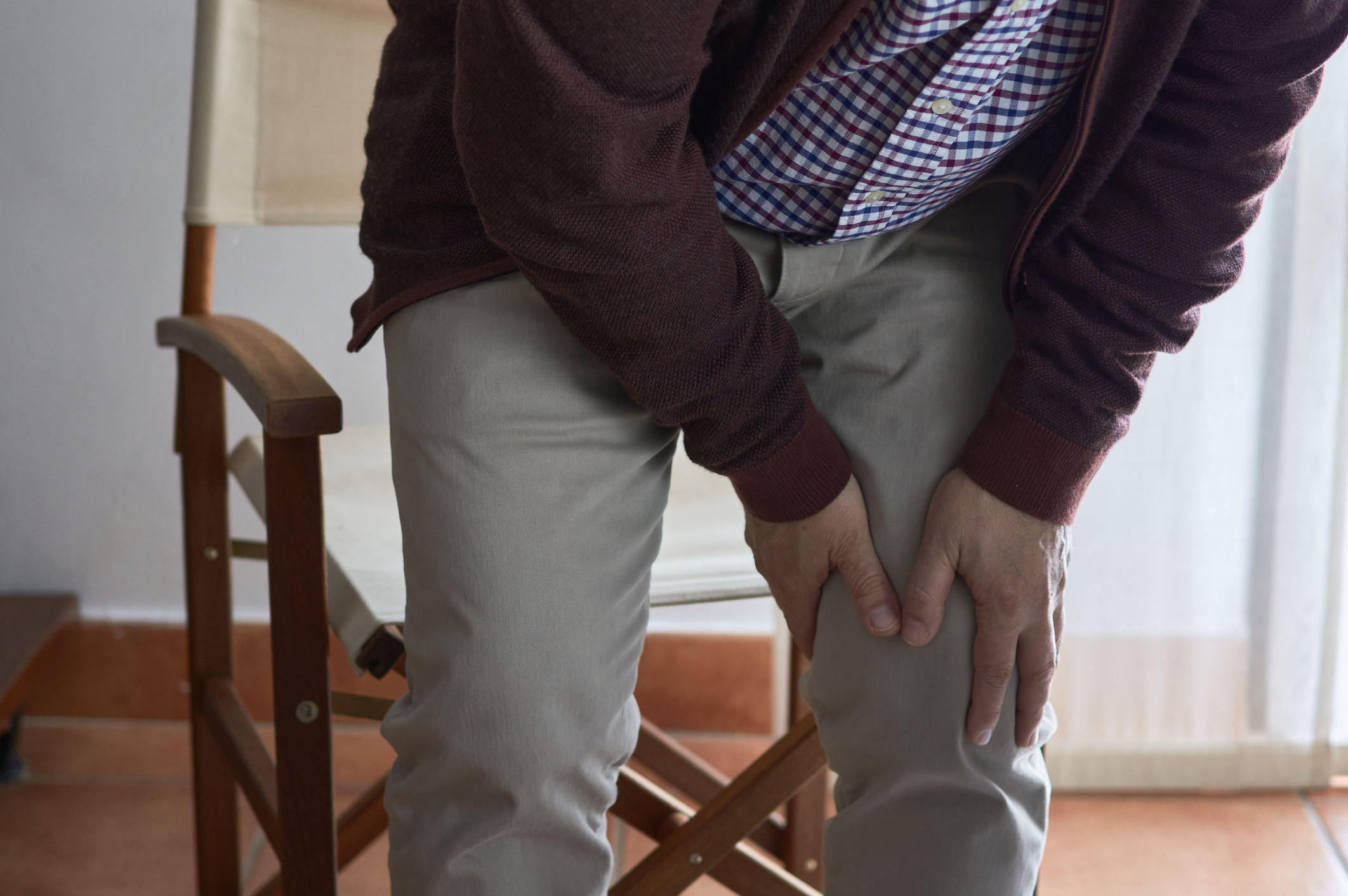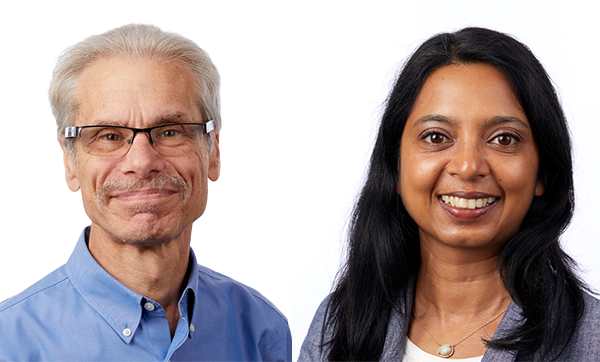Professors Receive NIH Grant to Study Osteoarthritis.

Professors Receive $46M NIH Grant to Further Understanding of Osteoarthritis
David Felson (SPH’84) and Tuhina Neogi (SPH’09) received the award from the National Institute on Aging to continue their work on The Multicenter Osteoarthritis Study, which aims to better understand pain and functioning associated with the degenerative disease.
David Felson (SPH’84) and Tuhina Neogi (SPH’09), professors of epidemiology and SPH alums, as well as professors of medicine at Boston University Chobanian & Avedisian School of Medicine, have received a $46 million award from the National Institute on Aging. The five-year grant will support their work on the Multicenter Osteoarthritis (MOST) Study, which they aim to better understand pain and functioning associated with osteoarthritis.

Osteoarthritis (OA) is the most common form of arthritis, affecting about 600 million people worldwide and 1 in 5 US adults. It is a leading cause of disability and joint replacements, yet no effective treatments are available to date.
While the majority of people affected by OA in the US are White, racial disparities persist. Within their own race/ethnic groups, Black and Hispanic people have higher rates of OA than White people, and American Indian people have among the highest prevalence of arthritis of any population in the country.
MOST, a pioneering research initiative launched in 2001, continues to break new ground in the understanding of OA as one of the largest and longest-running studies devoted to OA in the world. Since its inception, the study has provided key insights into causes and consequences of OA, as well as novel understanding of pain versus structural abnormalities in the joint and the speed of OA progression.
“With the aging of the population and rising prevalence of osteoarthritis worldwide, the study led by our investigators will continue to make important contributions to aid the lives of millions of people living with OA,” Neogi says.
This award will fund the next cycle of the MOST Study to continue pursuing innovative research in OA, encompassing advanced multimodal imaging, state-of-the-art measures, and comprehensive questionnaires. MOST currently includes 4,551 participants, and as the study enters its fourth cycle and 20th year, the team will recruit additional participants from underrepresented racial and ethnic groups, underscoring the study’s commitment to diversity and inclusivity.
This newest cycle will include investigations into markers in knee joint fluid that may identify risk for pain or faster OA progression of disease identified through proteomics, the researchers say. The project is also the first large-scale characterization of mechanisms underlying why some people with knee OA experience excessive pain with exercise (a common remedy for OA), while others experience pain relief, as well as the first large-scale exploration of different crystals in the joint that can contribute to pain and joint pathology using advanced imaging.
“Each one of these studies will provide opportunities for novel treatment targets,” Felson says.
The BU team will oversee the conduct of the MOST projects, as well as a pilot and feasibility grant program and future ancillary projects, ensuring a coordinated and harmonized approach to optimize and maximize scientific discovery.